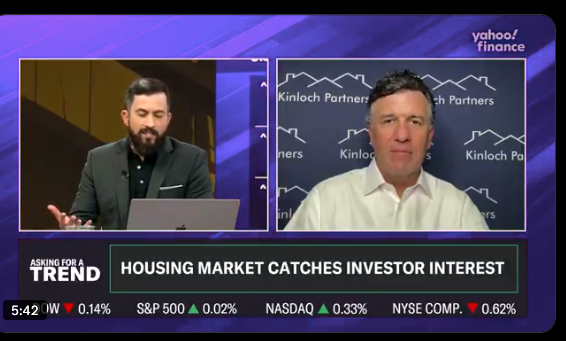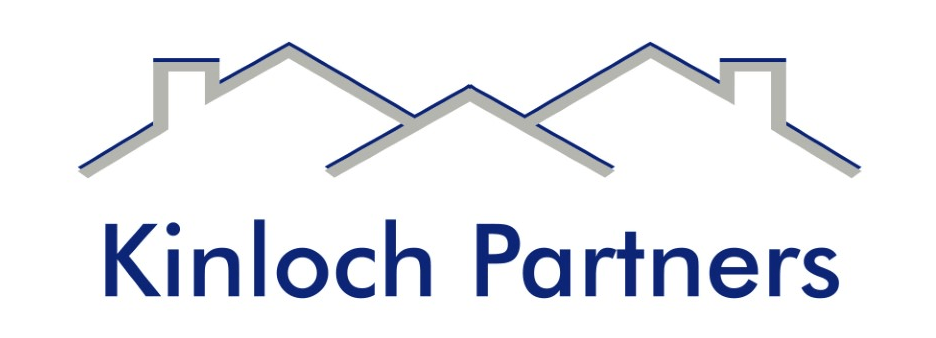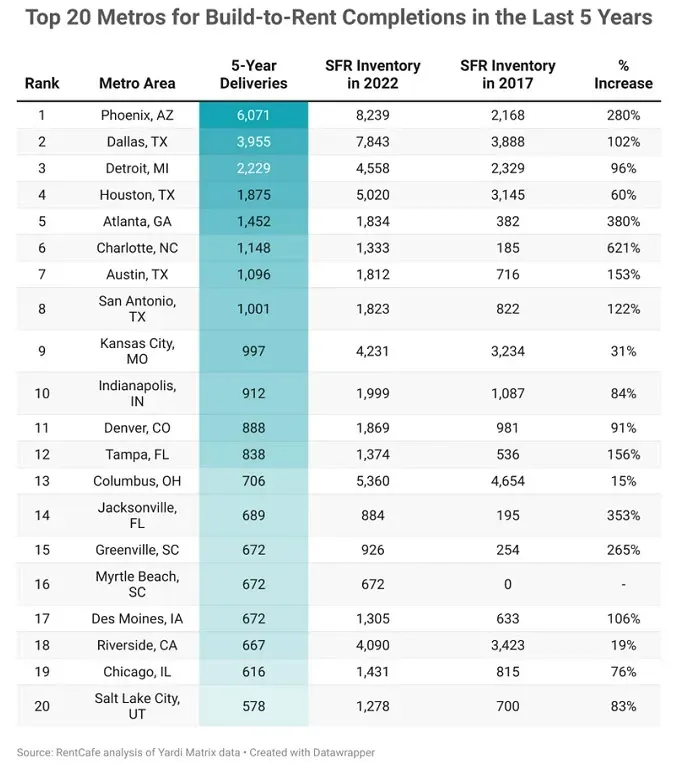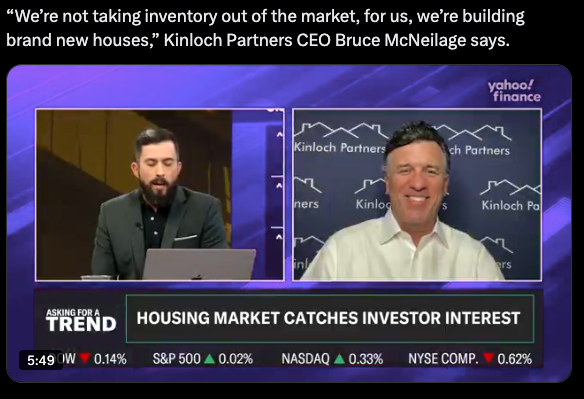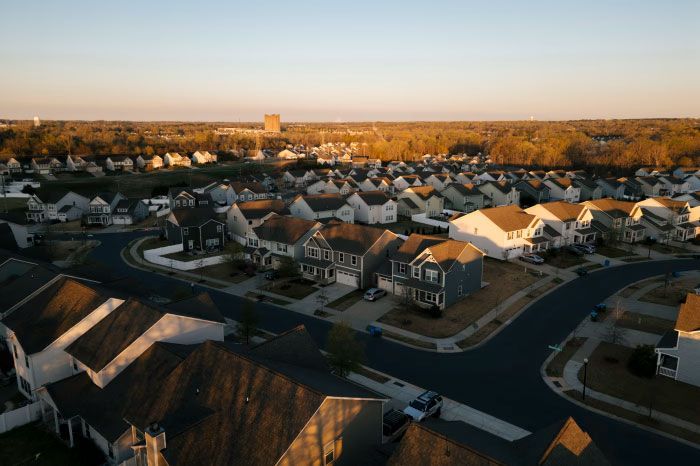Mid-Size SFR Buyers ‘Going Strong’

A key takeaway from the National Association of Real Estate Editors’ annual conference is that the single-family build to rent sector is encountering both prosperity and headwinds.
While institutional investors in single-family houses have tightened their purse strings in the face of higher mortgage rates and inflated prices, a number of mid-sized players in the home rental business have stepped into the breach.
At the same time, the single-family build-to-rent sector is experiencing its own set of growing pains. While the long-term outlook for BTR remains strong, construction starts this year are expected to dip by nearly half, according to a new report from Northmarq.
Contradicting outlooks
Rich Sharga, CEO of the CJ Patrick Co., a market intelligence firm for real estate and mortgage companies, called growth of mid-size investors “today’s well-kept secret,” and said that they are following the models established by their larger counterparts, but are working solely where they have local knowledge.
Sharga spoke at the National Association of Real Estate Editors’ annual conference in Las Vegas, where he told Multi-Housing News that such firms are “going strong.” “They’re buying up a lot of stuff,” he said of companies like Kinloch Partners in Nashville, Quinn Residences in Atlanta and West Florida Invest in Tampa.
Meanwhile, data from the Northmarq report says that investment activity in the BTR sector has “slowed considerably” this year as lenders also have pulled in their horns.
The top 20 metros for BTR completions in the last 5 years. Chart courtesy of RentCafe
The debt and equity sector is “more conservative,” the report said, construction financing is “more challenging,” and Fannie Mae and Freddie Mac are now the primary lending sources for acquisitions.
Starts will fall off sharply this year because developers ramped up last year to meet current and anticipated demand, the report predicted. Both starts and deliveries “ reached all-time highs in 2022,” the report said. This year, deliveries are expected to remain elevated, but starts are forecast to slow by almost 50 percent.
Still, deals are getting done, the report added, and the long-term outlook, fueled by demographics, remains strong. Supported by a labor market that is outperforming expectations and a housing market that continues to freeze out potential buyers, demand is growing, it said.
In one of the largest recent deals, SFR giant Pretium Partners agreed to acquire thousands of homes from D.R. Horton, the nation’s largest home builder. The reportedly $1.5 billion transaction includes a combination of finished homes and houses still under construction. Pretium has struck other deals with builders and iBuyers, companies which buy single houses from individual sellers on the cheap.
Development hotspots
According to the latest report from RentCafe, 44,700 BTR houses are currently under construction nationwide. That’s three times the number of units completed last year, which set a record.
Phoenix has the busiest pipeline with 5,500 units underway, followed by Dallas with 4,400 units and Houston with 2,600. Over the last five years, Phoenix has been the most active BTR market, adding just over 6,000 units, RentCafe reports. As of January 1, the sprawling desert city has 8,239 rental houses.
Dallas is a distant second, adding just under 4,000 units over the 2017-2022 period, for a total of 7,843. Detroit ranks in third, adding 2,229 units for a total of 4,558.
